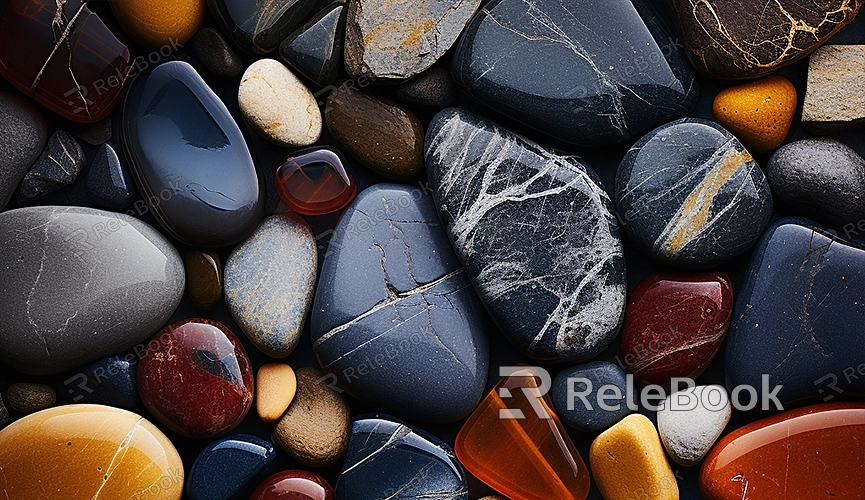Application of Stone Floor Texture in Blender
Employing stone floor texture in Blender enhances the rendering realism of 3D models and virtual scenes. Stone floor texture serves as a tool to simulate surface textures and characteristics of stone, flexibly used in Blender to create realistic stone effects for your scenes or models.

1. Architectural Scenes:
Imagine you're designing an ancient castle scene. Using stone floor texture in Blender can provide authentic stone textures to the ground, enhancing the historical feel of the castle.
2. Gaming Maps:
In game development, such as designing an ancient labyrinth, utilizing Blender's stone floor texture adds realism, immersing players in the environment.
3. Interior Design:
When decorating interiors, like restaurant or living room floors, employing Blender's stone floor texture adds character, creating unique visual effects indoors.
4. Natural Environments:
When crafting outdoor scenes, like an ancient courtyard or forest path, Blender's stone floor texture makes the ground more realistic, enhancing the scene's natural ambiance.
5. Architectural Models:
While creating architectural models, such as an ancient city street, using Blender's stone floor texture enhances model realism, adding to the historical ambiance.
6. Landscape Design:
When designing landscape layouts, such as park or courtyard paving, Blender's stone floor texture adds texture and natural feel to the ground.
7. Prop Design:
When creating props, like stone sculptures or ornaments, Blender's stone floor texture adds realistic stone textures to the props.
The application of stone floor texture in Blender goes beyond simple texture mapping, enhancing your designs with realism and detail. 3D textures and HDRI complement model rendering for more realistic effects, allowing the creation of various stone effects. For high-quality textures, consider downloading them from Relebook, directly importing them into the model for use.

